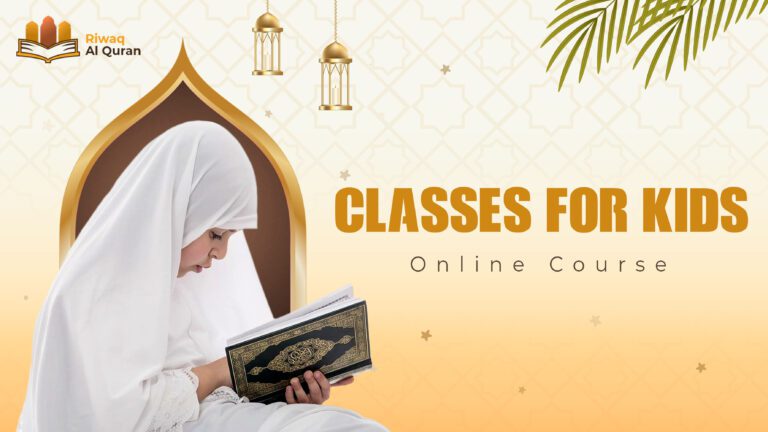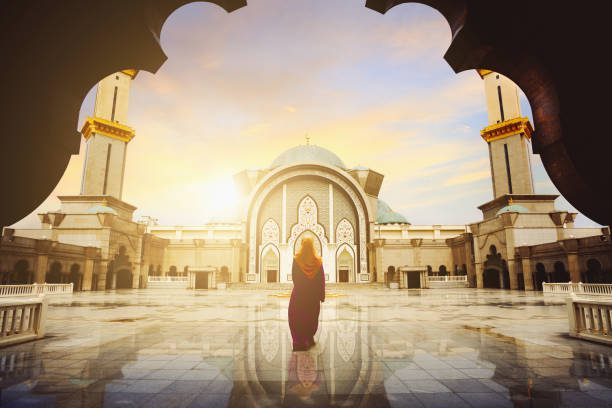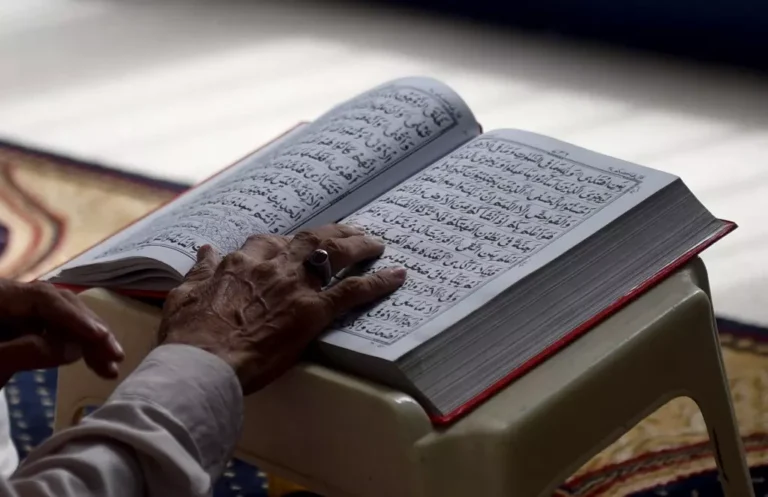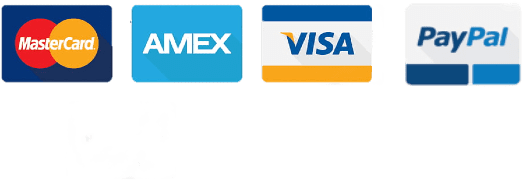We all know that Quran is for the living beings and not for the dead. Living our lives according to the commandments of Allah SWT and His Messenger’s teachings guarantees success in this world and the Hereafter. Allah SWT says in Quran: “We will show them Our signs in the universe and within themselves until it becomes clear to them that this Quran is the truth. Is it not enough that your Lord is a Witness over all things?” (Fussilat: 53)
In order to live according to Quran, we Muslims need to understand it first. And to understand Quran, we need to use our minds and learn the text in detail, from Arabic letters and their use to grammar and text meaning.
Hamzatul Wasl is of complex nature which differs depending on a given circumstance. It follows simple rules; however, there are many circumstances. Hamzatul Wasl in Quran is the connecting hamzah, which is at the start of the word. It occurs at the beginning of the word in three places: nouns, verbs, and participles. Continue reading this post to learn more about it like how do I start Hamzatul Wasl? or how do you read Hamzah Wasal?
Table of Contents
What Is the Hamzatul Wasl?
Hamza, on its own, represents hamzatul qat (هَمْزَة الْقَطْع). It means hamza that ceases, breaks, or halts and it is a phonemic glottal stop unlike Hamzatul Wasl (هَمْزَة الوَصْل). Hamzatul Wasl meaning is hamza which connects or joins. It is a non-phonemic glottal stop produced automatically only if at the beginning of an utterance, otherwise assimilated.
Though hamzatul Wasl can be written with a sign like ٱ, it is normally indicated by the plain Alif without a hamza. It occurs in some short words with two of their three-consonant roots apparent like ism (اسْم), ibn (ابْن), imru (امْرُؤ), ithnani (اثْنَانِ).
Also, it occurs in some taken words that begin with consonant clusters, imperative verbs of forms I and VII to X, and the perfective aspect of verb form VII to X and their verbal nouns. It is not pronounced following the vowel (البَيْتُ الكَبِير).
This event occurs at the starting of a noun following a preposition, in the definite article, or a verb following a relative pronoun. If the definite article “Al” is followed by a sun letter, l- also gives way for the next letter for lām to be accepted.
Do not forget to check Arabic Sun and Moon Letters, which are related to today’s topic!
Hamzatul Wasl Rules
The rules for writing hamza vary between languages, even if the writing depends on Arabic abjad.
Here are some Hamzatul Wasl exceptions:
- Hamzatul Wasl in the beginning – It always occurs over (أ for ʾa- or ʾu-) or under (إ for ʾi-) an alif.
- Medial hamza – It will either have a seat or be written alone:
- Vowels nearby establish the seat of hamza with prior long vowels.
- In special cases, āʾa, ūʾa, and awʾa need hamza on the line, instead of above an alif as one would expect.
- i- (ئ) above u- (ؤ) above a- (أ) if there are two conflicting vowels. On the line (ء) if there are none.
- Final hamza – It will either have a seat or be written alone:
- It has a seat matching the short vowel for words ending in the short vowel
- Alone on the line when preceded by a long vowel or consonant.
- Two adjoining alifs are not allowed. Replace the combination with a single Alif maddah.

If Hamza Is Initial:
- Alif maddah will occur if the letter following the hamza is an alif itself like آكُل.
- Hamza is written over an Alif if the following letter is a short vowel, Fathah like (أَفْرَاد) or Dammah (أُصُول).
If Hamza Is Medial:
- The seat of hamza is decided usually by what follows if a long vowel precedes:
- If u or i follows, hamza is written over ya or waw accordingly.
- Or else, the hamza would be written on the line.
- Or else, both preceding and following vowels affect hamza:
- In the case of a single vowel, that vowel determines the seat (alif, ya, or waaw).
- In the case of two conflicting vowels, i comes before u, u over a.
- If appropriate, alif maddah occurs.
If Hamza Is Final:
- Hamza is written over the letter alif, waaw, or ya, corresponding to the short vowel.
- Hamza is written on the line in شَيْء.
Another important topic related to Hamzatul Wasl is the Rules of Laam Shamsiya and Laam Qamariya.
[ictabs alias=”best-online-tajweed-course”]
Detailed Description with Hamzatul Wasl Examples
- Hamzatul Wasl in Arabic can be written in different ways:
- On its own.
- Underneath an alif.
- Above an alif, waaw, or ya. When written above ya, the dots that would normally be written below are disregarded.
- Hamza does not affect the way other letters are written.
- It has different rules depending on its position in a word: initial, middle, or final.
- In case a hamza with an alif seat occurs before an alif representing the vowel a, one alif is instead written with maddah.
- Hamzatul Wasl is never found at the starting of the present tense verb.
- It can be found at the beginning of past tense and command verbs. When it has a Sukoon for the first letter, whether it is a simple Sukoon or a Shaddah, Hamzatul Wasl is needed to begin the verb.
There are four types of verbs, each type depending on the number of letters making up the essence of the verb. There are three-letter basic verbs, four-letter, five-letter, and six-letter verbs. Hamzatul Wasl can begin past tense verbs with five and six-letter verbs. Its example can be seen in the following Quranic verse:
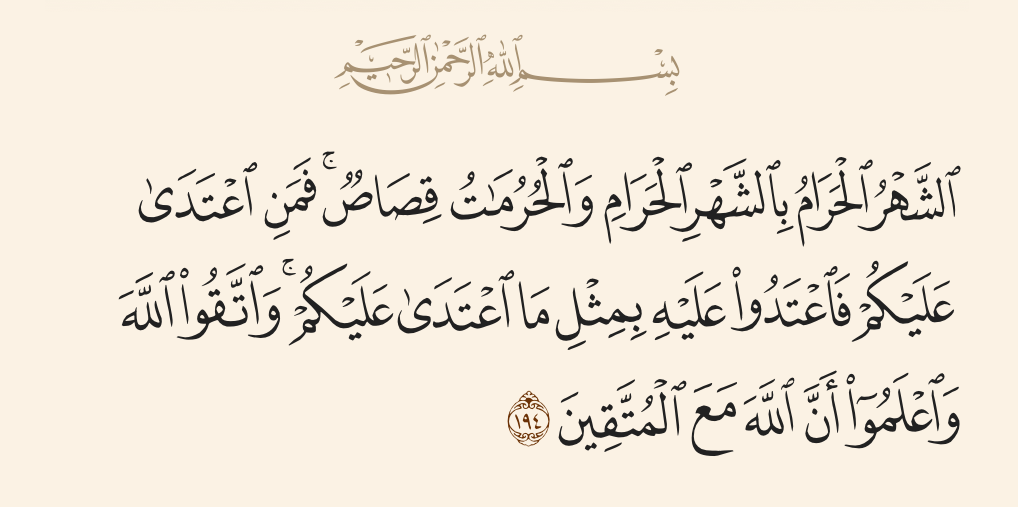
What Is the Difference between Alif and Hamza?
To some grammarians, alif (ا) and hamza (ء) are two distinct letters, while others see them as two realizations of the same letter. It is a complex aspect of Arabic writing and is usually confusing to both native and non-native speakers.
At the starting of any word, alif and hamza are written together to make the glottal stop sound. We can associate them with a short vowel. When alif comes with a short a or o, hamza is written over the letter. And, when alif comes with a short i, hamza is written below the letter. For example, father (أَب), mother (أُم), Islam (إسلام).
At the starting of some words, hamza should not be written on the alif. This is what we call hamzatul Wasl (همزة الوصل). For example, in words like two (اثنان), Monday (الاثنين), woman (امرأة), etc. The alif at the start of the definite article (ال) must not be written with a hamza. When two alifs are written at the starting of the word, a special type of alif is used with a different shape of hamza. For example, hopes (آمال), Adam (آدم), and sorry (آسف).
A hamza is written in the center of the word in association with a short vowel with a short a (أ), short o (ؤ), or a short i (ئـ). For example, the words ask (سأل), enquirer (سائل), and question (سؤال). The special type of alif can also occur in the middle of the word, e.g., Quran (قرآن).
Here is another explanation of their difference. The true alif is a Sakin letter after Fathah as in the word كَمَا. Some also list the letter alif as لَا in the Arabic alphabet to make clear that it is always preceded by Fathah and is Sakin. The regular hamza هَمْزَة الْقَطْع is a letter that looks like the head of the letter and is pronounced from the deepest part of the throat. It can be written above or below different letters as the holding place for hamza, not part of the letter. One of the letters on which hamza can sit is the alif like in أَنْعَمْتَ. It can also be written on waaw’ like in يُؤْمِنُونَ.
All in all, hamzatul Wasl is usually mistaken for alif. Though alif and the connecting hamzah are lines, there is a particular calligraphic difference that helps a reciter differentiate the two. The letter alif has a hamza over or below, or has nothing at all, whereas Hamzatal Wasl has a little Suad drawn above it like صـ.
Best Online Tajweed Course
Learning about Arabic letters is extremely important for Muslims. To help our Muslim brothers and sisters, Riwaq Al Quran offers you the best Online Quran Tajweed Classes covering such topics. Some questions might pop up regarding Hamzatul Wasl such as: How do we use Hamzatul Wasl after Tanween? How do you pronounce Hamza Al Wasl?
The answers to all these questions are handled in our courses. What’s more, students also get to practice it using the Hamzatul Wasl worksheet. So, if you, or your kids, are up for learning about Hamzatal Wasl, join our family now!
[ictabs alias=”best-online-tajweed-course”]



























